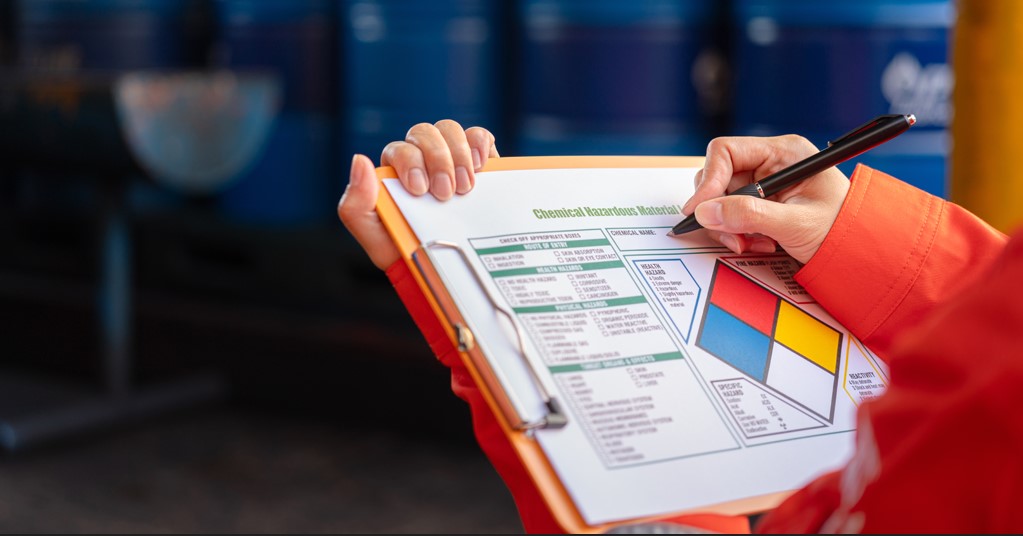
What You Need to Know About Pipe Labeling

Signage in the workplace is a great way to not only promote cleanliness and minimize confusion, but also basic safety. Just like marking proper exits throughout your facility, identifying the contents in pipes is crucial. With proper pipe labeling, you can effectively inform others about the substances carried through pipelines, so they can continue to work safely.
Pipe labels are used to visibly identify contents, flow directions, and hazard classification. For those working in the paper, textile, welding, and cutting industries, consider going through your facility and checking the effectiveness of pipe markings.
When identifying pipes in and around your facility, keep this information in mind:
1) Legend: The legend on the label gives the name of the contents in full or abbreviated form. Use arrows in addition to the legend to indicate the direction of the flow.
2) Colors: Specific colors are used to identify the hazardous characteristics of the contents in the pipelines. The ASME A13.1 -2007 Scheme for the Identification of Piping Systems are commonly used and require… “a uniform system for the identification of piping contents has been established to warn personnel when the piping contents are inherently hazardous…”
ASME Colors and Contents of the Pipe Labels
- White on Red = Fire quenching fluids
- Black on Orange = Toxic and corrosive fluids
- Black on Yellow = Flammable fluids
- White on Brown = Combustible fluids
- White on Green = Potable, cooling, boiler feed, and other water
- White on Blue = Compressed air
3) Pipe Outside Diameter: Pipe outside diameter, including insulation, determines the letter height and the length of the pipe marker color field. Specify any pipe outside diameter and contact SafetyCal for to determine the best size for your pipe label.
4) Materials: Choose a material that will withstand environmental conditions, temperature of contents, and the type/style to compliment your pipe label.
5) Visibility and Location: Placement of your pipe labels is critical because workers need to be able to read the label from a distance. Below are recommendations for installation:
- Above or below center visual line of pipe
- Visible from any point along the pipe (wrapping around the pipe)
- Close to valves
- Near branches and Ts in piping
- Any change in direction of piping
- Near points before and after pipe going through walls, ceilings or floors; and at 25’ to 50’ intervals on long straight pipe runs.
Keep your workers safe. Contact ComplianceSigns for all your Pipe Labeling needs today.

